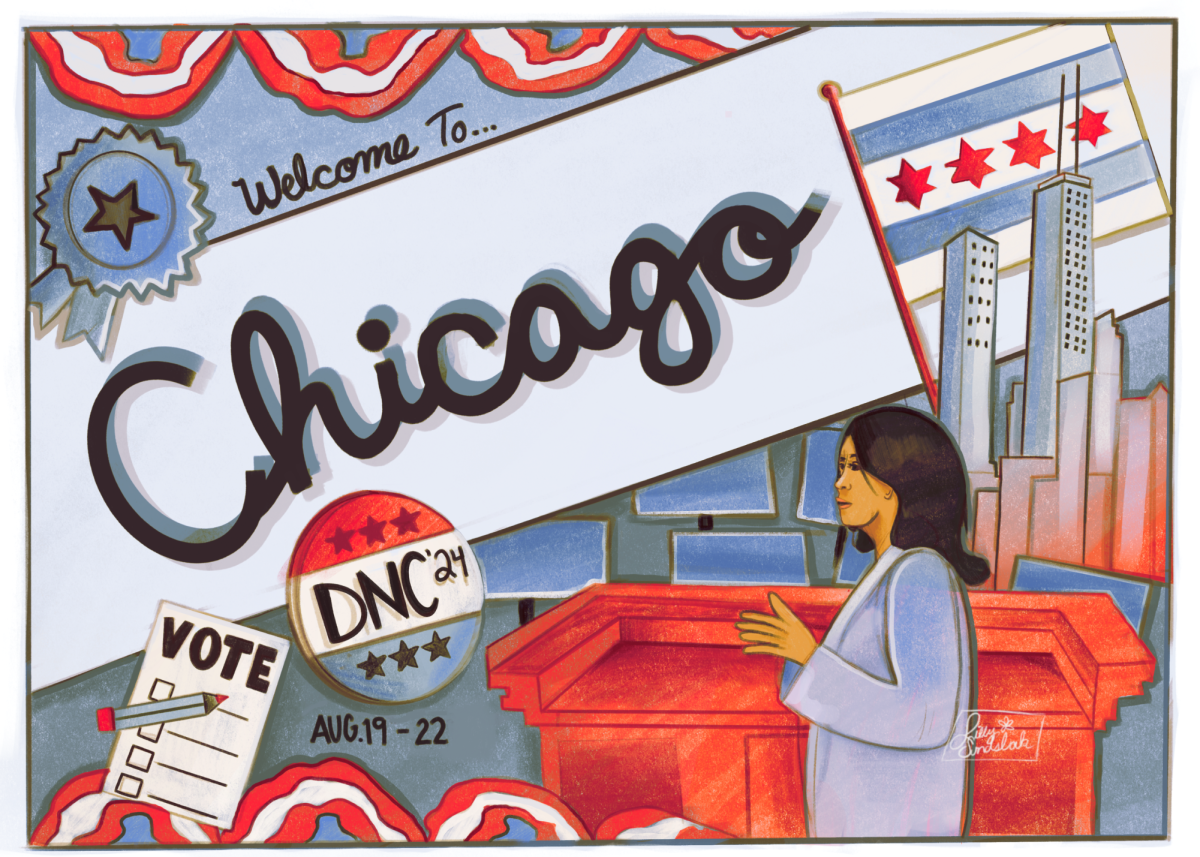One of the most important things a journalist can do is not take anything at face value.
When we question what the part-time faculty union is saying, we are doing exactly what our journalism professors and instructors – including those adjuncts now on strike– have taught us to do, which is to verify, question and to stick to the facts.
We vet all communication that comes out of the college, too. That goes for email announcements, press releases and any information given to the Chronicle during interviews.
How we report and how we get our information
Every story, every news tip and every statistic the Chronicle gets is fact-checked. Take the union claims that class sizes would increase. After the spring 2024 schedule was released, our team compared class sizes for the incoming semester with past semesters, going back to Fall 2019.
We reviewed more than 500 courses scheduled on Monday, Oct. 30, the day the strike began. We wanted to know the real impact the strike would have for students, and it was significant. As we reported, nearly 70 percent of the classes held on Monday were taught by part-time faculty.
The Chronicle’s policy is not to run press releases of any kind. But we don’t run press releases from the administration either, or the Faculty Senate, or from outside businesses. We don’t run press releases from students. We offer ways for people to contribute to the Chronicle, to give feedback and critique, with an op-ed submission or letter to the editor.
The Chronicle has been reporting on the college’s fiscal health since last December, long before the college said it was time to have “honest conversations” about it.
Our publication consistently, through the years, has reported on the college’s 990 tax form – a tax filing for all nonprofits that is publicly available. This academic year is no different.
We also consistently review the college’s annual audited financial statements.
When the Chronicle writes about the college’s financial health or the deficit, we call on campus leaders to talk to us to help give us a fuller, more in-depth look into what we are reporting on. The same goes for the other stories we write.
News versus editorial
The Chronicle produces weekly editorials on a variety of topics. We also publish opinion pieces. Our news reporters do not write these, and our opinion writers do not report on campus news except in limited circumstances.
This is the same model that professional news outlets use, and we follow it, because it keeps the two kinds of journalism we do separate.
We have three members of our Editorial Board: our Opinions Editor, our Copy Chief and a copy editor. These students meet weekly to decide the topic for the editorial and discuss what position to take. Our news pieces don’t take a side, but our editorials do. These editorials, which may not necessarily reflect all the viewpoints from our audience, rely on facts and evidence.
The editorials are solely the collective opinions of the board. The editor-in-chief, deputy editor, managing editor, staff reporters and photojournalists do not have input on editorials and do not read them until they are already published on the Chronicle’s website.
Audience
The Chronicle is student-run, but we don’t write or report only for students. We also provide coverage for staff, faculty, administrators, parents, alumni and residents of the South Loop community around the college.
We are editorially independent of the college. We are not censored or told what to cover.
Our job is to hold people accountable, to find the truth in the midst of competing narratives. As the strike goes on, we will continue to do that.
















